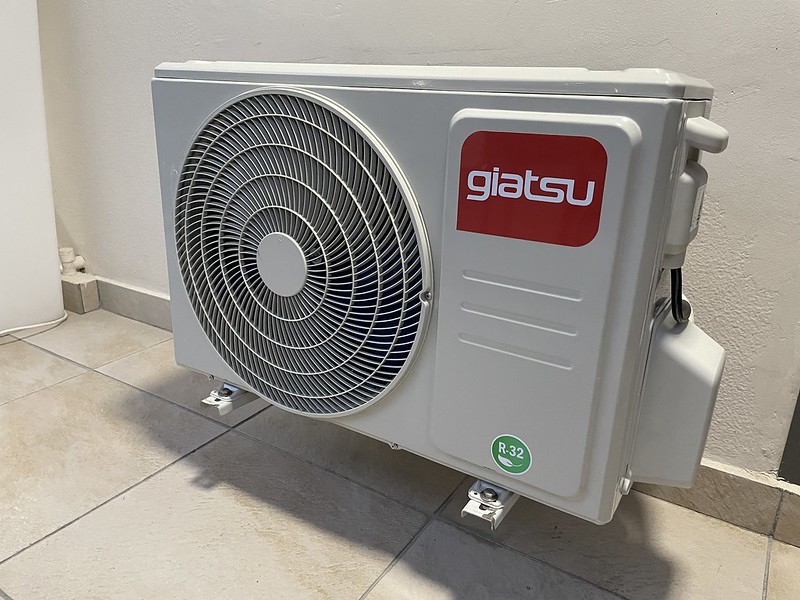A mini-split system requires a specific amount of coolant, also known as refrigerant, to operate efficiently and effectively. The amount of coolant needed for a mini-split system depends on various factors, including the size of the system, the length of the refrigerant lines, and the specific model of the mini-split.
Understanding Refrigerant Requirements
The refrigerant, or coolant, is the lifeblood of a mini-split system. It is responsible for absorbing heat from the indoor air and transferring it to the outdoor unit, where it is then dissipated. The amount of refrigerant required for a mini-split system is crucial for its proper functioning and energy efficiency.
Factors Affecting Refrigerant Needs
-
System Size: The capacity of the mini-split system, measured in BTUs (British Thermal Units), directly correlates with the amount of refrigerant required. Larger systems will need more refrigerant to maintain the necessary pressure and temperature levels.
-
Refrigerant Line Length: The length of the refrigerant lines connecting the indoor and outdoor units also affects the refrigerant requirement. Longer lines will require more refrigerant to fill the additional volume.
-
Refrigerant Type: Mini-split systems typically use R-410A or R-32 refrigerant, which have different density and volume requirements compared to older refrigerants like R-22.
-
Manufacturer Specifications: Each mini-split model has specific refrigerant charge requirements based on the system design and components. It is crucial to follow the manufacturer’s guidelines for the correct refrigerant type and amount.
Calculating Refrigerant Charge
To determine the exact amount of refrigerant needed for a mini-split system, you should refer to the system’s data plate or consult the manufacturer’s instructions. The data plate will typically specify the refrigerant type and the factory-charged amount.
For example, a Fujitsu Mini-split ductless heat pump system, such as the AOU12RQ model, requires 2.2 pounds of refrigerant for the system itself. However, additional refrigerant may be needed for the length of the refrigerant lines.
Precharged mini-split units come with a specific amount of coolant based on the length of the line set. Longer line sets will have more refrigerant included in the factory charge.
Proper Refrigerant Handling
When installing or repairing a mini-split system, it is crucial to ensure that the correct amount of refrigerant is used. Adding too little or too much coolant can negatively impact the system’s performance and efficiency, leading to issues such as longer cooling times, higher energy bills, and potential damage to the compressor.
Refrigerant Leak Detection and Repair
If the mini-split system has a refrigerant leak, it is recommended to hire a professional HVAC technician to diagnose and repair the leak. Attempting to recharge a leaking system without addressing the root cause can lead to further issues and potential safety hazards.
Refrigerant Charging Procedure
When recharging a mini-split system, it is essential to follow the manufacturer’s instructions carefully. This may involve:
- Evacuating the system to remove any existing refrigerant and contaminants.
- Weighing the correct amount of refrigerant to be added.
- Slowly and carefully adding the refrigerant to the system, monitoring pressure and temperature readings.
- Performing a leak test to ensure the system is sealed and functioning properly.
Improper refrigerant handling can be dangerous and may result in personal injury or damage to the equipment. It is recommended to have a licensed HVAC technician perform any major refrigerant-related work on a mini-split system.
Maintaining Optimal Refrigerant Levels
Regularly monitoring and maintaining the correct refrigerant charge is essential for the long-term performance and efficiency of a mini-split system. Signs of an improper refrigerant charge include:
- Reduced cooling or heating capacity
- Higher energy consumption
- Frequent cycling of the compressor
- Icing or frosting on the coils
If you suspect an issue with the refrigerant charge, it is best to consult a professional HVAC technician to diagnose and address the problem.
Conclusion
In summary, the amount of coolant, or refrigerant, required for a mini-split system is a crucial factor in its proper operation and efficiency. By understanding the factors that affect refrigerant needs, following manufacturer guidelines, and properly handling the refrigerant, you can ensure your mini-split system operates at its best.
Remember, when it comes to refrigerant-related work, it is always recommended to seek the assistance of a licensed HVAC technician to ensure the safety and longevity of your mini-split system.

